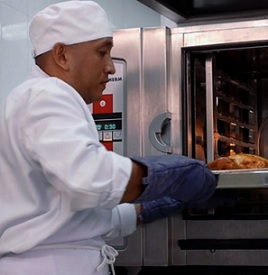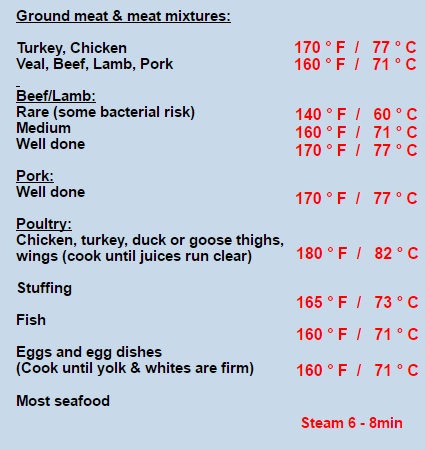
Efficient cooking methods - catering for galley staff
Chief cook being in charge of preparing meals from a list of ingredients, he should always try to use all available resources and appropriate cooking method for each item. This will enable him to produce tasty and nutritious meals while also ensuring that food stock is used economically. For example, using expensive items for roasting or stewing should be avoided, since for such meals, less tender and cheaper products should be used. In the following paragraphs, the main advantages and disadvantages of the various cooking methods are explained.





